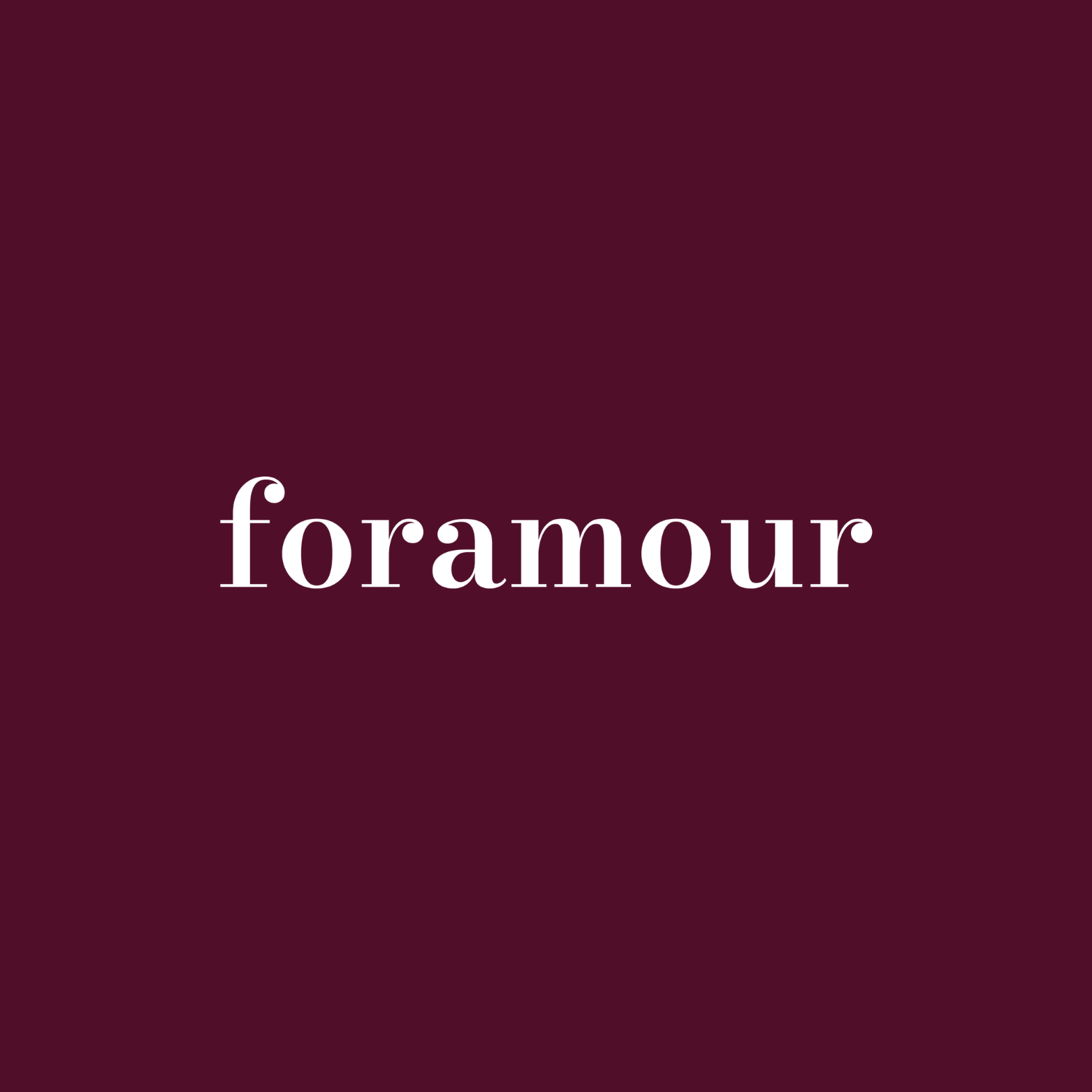
Natural Resource Themes in Earth-Toned Accessories
In the heart of Jaipur's narrow lanes, where the air hums with the clang of hammers on metal, craftsmen transform recycled brass into bangles that gleam with the warm hues of the desert sands burnt sienna and ochre capturing the essence of Rajasthan's arid beauty. These aren't mere trinkets; they represent a defiant stand against the relentless pace of disposable fashion. Throughout India, a surge in nature-inspired, earthy jewellery is enchanting younger consumers, especially urban millennials and Generation Z, who seek pieces infused with tales of environmental responsibility and deep cultural ties. Far from a fleeting fad, this is a profound shift, weaving together the nation's age-old crafting traditions with an international appetite for designs that prioritize the planet.
Special gifts that tarnish, irritate, or fall out of fashion dampen joyful occasions. That disappointment clouds memories meant to endure. Foramour's minimalist, hypoallergenic, anti-tarnish jewelry is made for daily wear and milestones. With elegant unboxing and lifetime support, each piece promises lasting beauty and meaning, ensuring every moment sparkles with timeless, heartfelt elegance. Shop Now!
Natural Resource Themes Spark Demand for Earth-Toned Accessories in India's Jewellery Retail Sector
India's jewellery market continues its upward trajectory, poised for significant expansion over the coming years. From its robust valuation in 2024, the sector is set to grow steadily, reflecting rising consumer demand, evolving preferences for personalized and sustainable pieces, and increasing adoption of digital retail channels. This growth underscores jewellery's enduring cultural and emotional significance while highlighting opportunities for innovation and market differentiation.This expansive sector is witnessing a transformative pivot, particularly in fashion jewellery, where buyers in metropolitan areas are gravitating toward accessories that mirror the earth's raw elements terracotta necklaces hailing from West Bengal, agate-studded rings sourced from Gujarat, or earrings crafted from recycled silver in Jaipur's bustling clusters. This evolution stems from an intensifying call for sustainability, driven by acute recognition of ecological challenges and a backlash against overwhelming digital influences. Trend experts highlight that the upcoming spring/summer 2026 collections mark a pivotal "transitional era," positioning fashion as a tool for emotional resilience and genuine expression amid societal tensions.
The magnetic pull of earth-toned jewellery derives from its power to evoke feelings, alter moods, and weave understated narratives, akin to how color schemes transform living spaces. In the realm of design this year, interiors are embracing a return to fundamentals, with earthy shades leaving an indelible mark in homes, offices, and hotels, fostering environments that resonate profoundly with nature's essence. Beyond mere aesthetics, these tones ranging from enduring terracotta to tranquil deep greens cultivate coziness, peace, and enduring vibes that transcend passing fads. This timeless spectrum pulls from nature's pristine wonders, aiming to replicate the weathered sheen of aged rock, the gritty feel of arid soil, or the subdued vitality of forest lichen. Hues such as deep reddish-browns, yellow earth pigments, pale rock tones, muted greens, coffee shades, and chocolate browns are thoughtfully combined, yielding designs that pulse with depth and tactile appeal. Such a vibrant, dynamic range infuses vitality into adornments, much like it revitalizes rooms. These natural derivations strike a chord with India's environmentally aware younger demographics, who, as evidenced by studies on sustainable habits among millennials, actively favor choices that align with ethical values.
Delving deeper, Generation Z in India emerges as financially astute and socially mindful, with significant portions aspiring to milestones like homeownership and international travel while embedding eco-considerations into their lifestyles. Recent explorations into generational sustainable consumption patterns reveal distinct behaviors between millennials and Gen Z, emphasizing a collective push toward greener practices in everyday purchases, including personal adornments. This demographic shift is propelling the market, as consumers classify themselves into categories like informed buyers or deliberate eco-advocates, all seeking products that minimize harm while maximizing cultural resonance.
From Tribal Crafts to High Fashion
Amid Chhattisgarh's lush woodlands, Dhokra masters cast bronze into unpolished, soil-hued amulets, their elaborate patterns reviving age-old indigenous symbols that speak to ancestral wisdom. Over in Manipur, artisans weave Kauna grass into lightweight, biodegradable ornaments, which are increasingly popular on digital marketplaces such as Amazon India and Flipkart. Searches for sustainable accessories on these platforms have reflected broader interest in green options, with listings featuring handmade terracotta sets and ethically sourced pieces gaining visibility. At the 2024 Lakmé Fashion Week in Mumbai, creators unveiled lines rich in clay-based elements, reddish-brown stones, and upcycled alloys, merging heritage techniques with sleek contemporary forms. One highlight included collections with soft palettes of aged gold and subtle pinks, emphasizing elegant shapes that nod to natural inspirations. Another showcase featured earthy shades and simple elegance, capturing the spirit of minimalism in sustainable wear.
Established retailers such as FabIndia and Jaypore are capitalizing on this momentum, assembling assortments of manually crafted, nature-themed items that fuse legacy with modern flair. For example, a venture rooted in Rajasthan has established itself by shipping environmentally sound, muted-tone jewellery to regions like the UAE and Southeast Asia, tapping into worldwide enthusiasm for eco-fashion. The global sustainable fashion arena, valued at USD 9,194.20 million this year, is anticipated to climb to USD 17,769.2 million by 2032, advancing at a 9.9% compound annual growth rate from now through that period. Apparel leads with a 47.4% portion, spurred by calls for moral and green alternatives. Organic materials command the fabric segment amid wellness-focused shifts, while men's categories prevail due to preferences for simplicity and durability. Online channels dominate distribution, thanks to superior exploration and specialized selections.Industry analyses project this expansion, underscoring how local Indian innovations contribute to broader international dynamics. This blend of indigenous resources and global outreach is reshaping the nation's adornment landscape, with handicraft exports reaching US$4.35 billion in 2021-22, marking a 25.7% rise from prior years.
Further bolstering this, the Export Promotion Council for Handicrafts reported in its 2023-24 annual review that shipments of art metalwares and related items continue to play a vital role, despite minor fluctuations. In the first quarter of 2025-26, overall handicraft exports dipped slightly by 1.48% compared to the previous year, yet categories like metal and wood crafts remain resilient. These figures highlight the sector's potential, especially as sustainable practices gain traction.
Challenges in Scaling Sustainability
Nevertheless, the ascent of earth-toned jewellery faces significant obstacles. Procuring raw inputs such as soil, semi-precious gems, and vegetable-derived colorants proves unpredictable, often limited by weather patterns and harvest cycles. While admirable for their green credentials, items made from clay or timber frequently fall short in longevity compared to artificial substitutes, prompting worries about practicality in daily use. The fragmented artisan community, as detailed in the Ministry of Micro, Small, and Medium Enterprise's 2023-24 annual overview, grapples with expansion, with numerous skilled workers deprived of advanced equipment or broader market access. The sector's diversity spans various economic domains, yet scaling remains a hurdle for unorganized players. Moreover, although city dwellers appreciate eco-friendliness, budget constraints persist, pitting high-end sustainable options against affordable, factory-made alternatives.
Amid these barriers, promising avenues emerge. The 2019 Draft National Resource Efficiency Policy outlines a vision for eco-sustainable growth, embedding circular economy principles to enhance resource use across industries. This framework empowers companies to sync with national goals, fostering credibility via transparent supply chains. Social media giants like Instagram and Pinterest are boosting visibility, with natural looks flooding user content. Sellers are innovating by blending ancestral clay work with clean, modern lines to attract youth. In 2024 trends, emphasis on eco-materials like recycled metals and responsible stones underscores this direction.
Expanding on opportunities, the policy's sectoral insights, drawn from initiatives like the Indian Resource Efficiency Programme, stress institutionalizing efficiency to curb waste and promote reuse. For jewellery, this means optimizing material flows, reducing environmental footprints while bolstering artisan livelihoods. Government-backed export drives, as seen in commerce reports, further amplify potential, with merchandise outflows hitting records in recent years.
A Memorable Crafting the Future
With India's jewellery arena forecasting steady advancement evidenced by a 13%-15% growth rate from 2021 to 2024 and expectations of 6.3% annually through 2033 earth-toned pieces stand ready to spearhead innovation. This transcends visual appeal; it's narrative craftsmanship, each item honoring the country's terrains, creators, and eco-forward path. Spanning Odisha's firing ovens to metropolitan online hubs, the craving for nature-aligned, conscientious adornments heralds a cultural evolution. Stakeholders in retail and craftsmanship ought to unite, harnessing state programs and tech for growth while preserving authenticity. Echoing a Jaipur craftsperson forging a copper charm beneath the relentless sun: "These hold the planet's pulse." In India's adornment domain, that pulse intensifies, envisioning an era where green principles and elegance merge flawlessly, ensuring prosperity for generations ahead.
Frequently Asked Questions
What are earth-toned accessories and why are they trending in India's jewelry market?
Earth-toned accessories are jewelry pieces crafted in natural colors like terracotta, ochre, deep greens, and burnt sienna that mirror nature's raw elements. They're trending because Indian millennials and Gen Z consumers are increasingly seeking sustainable, environmentally responsible fashion choices that reflect cultural heritage. This shift represents a move away from disposable fashion toward pieces that tell stories of environmental responsibility and deep cultural ties.
Which traditional Indian crafts are being used to create sustainable earth-toned jewelry?
Traditional crafts like Dhokra bronze casting from Chhattisgarh, Kauna grass weaving from Manipur, and recycled brass work from Jaipur are being transformed into contemporary earth-toned accessories. Artisans are creating terracotta necklaces from West Bengal, agate-studded rings from Gujarat, and recycled silver earrings, blending ancestral techniques with modern minimalist designs to appeal to environmentally conscious consumers.
What challenges do sustainable jewelry brands face when scaling earth-toned accessories in India?
Sustainable jewelry brands face several key challenges including unpredictable sourcing of raw materials like natural stones and vegetable dyes that depend on weather patterns and harvest cycles. Additionally, eco-friendly materials like clay and timber often have durability concerns compared to synthetic alternatives, and many skilled artisans lack access to advanced equipment and broader market reach, making it difficult to scale production while maintaining authenticity.
Disclaimer: The above helpful resources content contains personal opinions and experiences. The information provided is for general knowledge and does not constitute professional advice.
You may also be interested in: Emotional Unboxing Sets a New Bar for Jewellery Gifting – foramour
Special gifts that tarnish, irritate, or fall out of fashion dampen joyful occasions. That disappointment clouds memories meant to endure. Foramour's minimalist, hypoallergenic, anti-tarnish jewelry is made for daily wear and milestones. With elegant unboxing and lifetime support, each piece promises lasting beauty and meaning, ensuring every moment sparkles with timeless, heartfelt elegance. Shop Now!
Powered by flareAI.co
Share


